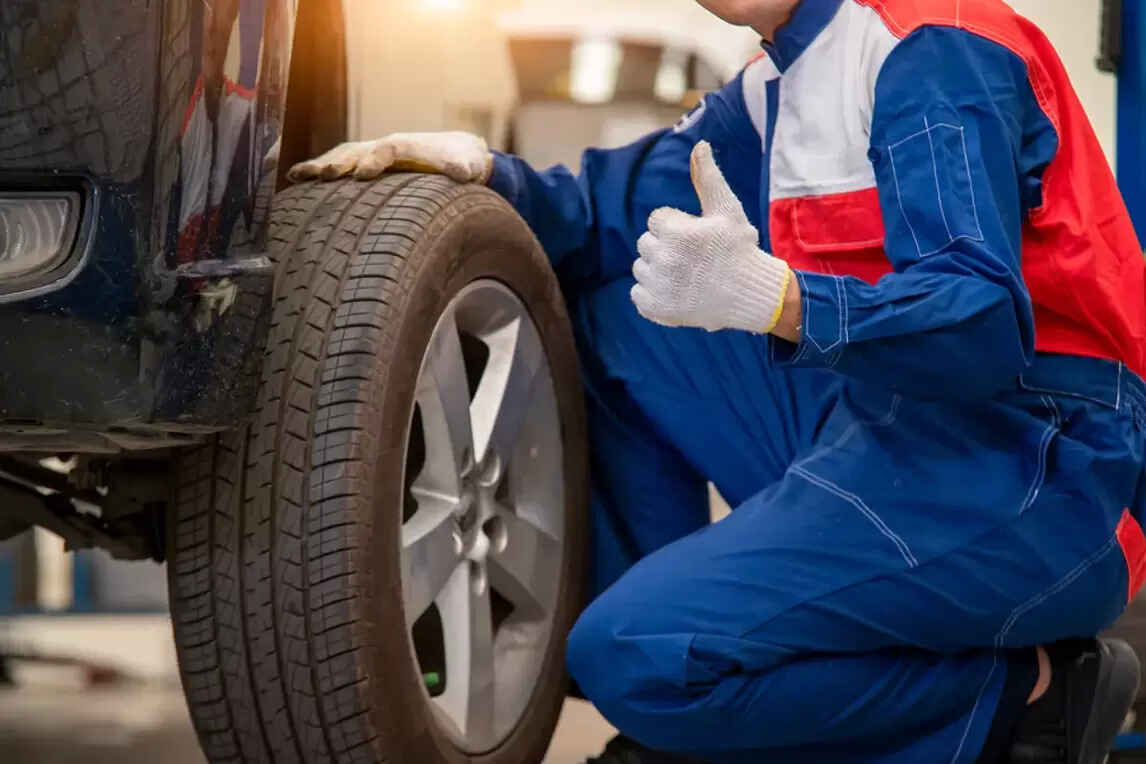Tyre pressure makes a world of a difference to how a car drives, yet it’s seldom given much thought. A basic question though is, what is the ideal tyre pressure? And the answer is simple enough – follow the carmaker’s recommended settings.
There are, of course, a few more things to keep in mind when setting your tyre’s pressure.
Set pressure when tyres are cold

Air contracts when cold and grows when hot, and temperature can change tire strain by and large. Tire pressure can decrease by 1 to 2 PSI when the temperature outside drops by 10 degrees Celsius. Therefore, it is recommended to check the pressure of your tires when they are cold, right at the beginning of a drive.
Nitrogen’s an option

While ordinary air really does fine and dandy for normal use, you can likewise utilize nitrogen, on the off chance that you want, to fill your tires. Even though it’s not much, there are a lot of benefits to doing so. To begin, due to the fact that nitrogen molecules are larger than air molecules, tire pressures are maintained for a longer period of time.
Underinflation can lead to a blowout

A great many people will more often than not feel that lower pneumatic forces can stay away from a victory. Some parkway siphon specialists even lower pneumatic force saying it’s more secure. However, this is far from the truth.
The principal thing to recall is that victories are a mix of a tire’s condition, intensity, and pneumatic force. A tire that is old or worn out with brittle and weak rubber is more likely to blow out and get hot.
Overinflation can be pretty nasty too

Overinflation can be similarly perilous as well. The tyre’s contact patch with the road shrinks when the air pressure is higher than the recommended level, which significantly shortens the braking distance. Additionally, you won’t have a uniform wear pattern on your tire surface due to this reduced contact patch.



